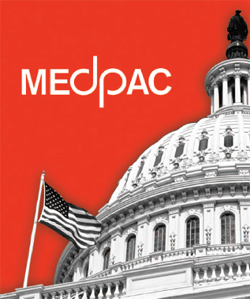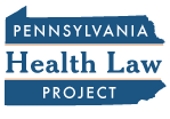Group Organizes Advocacy in Support of 340B Program
Under pressure from federal regulators and MedPAC, the advocacy group 340B Health is attempting to rally hospital groups behind the 340B prescription drug discount program that requires pharmaceutical companies to provide discounts to qualified hospitals for drugs dispensed on an outpatient basis to Medicaid patients.
Last year the Health Resources and Services Administration, which runs the program, issued proposed regulations that would change how the program operates and is governed. Recently, MedPAC proposed reducing the size of the discount hospitals receive for the drugs, with the savings to be redirected to fund additional Medicare disproportionate share (Medicare DSH) payments for selected hospitals.
 More than 2100 organizations participate in the 340B program, including most Pennsylvania safety-net hospitals.
More than 2100 organizations participate in the 340B program, including most Pennsylvania safety-net hospitals.
For a closer look at the 340B program, the changes that have been proposed, and what hospitals are attempting to do about it, see this report from CQ Roll Call presented by the Commonwealth Fund.








